After years in the doldrums, the prime business park market is finally springing back to life with double-digit returns and some big-ticket deals, exclusive research has revealed.
Prime business parks delivered returns of 10% in 2013 and the picture is even more encouraging in the first half of this year, according to the IPD/Strutt & Parker Business Parks Index, with total returns reaching 20.9% on an annualised basis.
It is a vast improvement on recent years. The sector has been hit by the double whammy of the financial crisis and, more generally, the declining popularity of business parks. Between 2008 and 2012, values slumped 38% and rents fell 8%. Even in 2012, which S&P hailed as the start of a turnaround, the index showed a 4% decline.
So what has driven the recovery and how sustainable is it? Income returns of 8.4% were the biggest positive contributor to performance in 2013, but the most important change was in capital growth. Whereas in 2012 capital values slumped 10.9%, last year they edged up 1.5%.
“More money is being allocated to the regions and that is helping the business park market pick up again,” says S&P senior partner Andy Martin. He points to some of the big deals over the past 18 months – such as China Investment Corporation snapping up Chiswick Park for £780m, and a joint venture between Oaktree Capital Management and Patrizia to buy IQ Winnersh for £245m – as evidence the sector’s prospects are improving.
Another positive sign is the direction of rents. Although they fell a fraction (0.2%) in 2013, in the first six months of this year they moved into positive territory, growing 1.9%. If that can be maintained, Martin says the outlook for long-term capital growth looks far more positive.
However, it is not all good news. S&P expects South East business parks to fare better than those in the North and not just because of the relative economic strength of the two regions.
There are fewer larger towns in the South East, which means that parks do not have the same problem competing with in-town supply as they do around cities such as Edinburgh and Manchester.
“Going forward, it is likely that parks that are not having to compete with large cultural centres will continue to attract strong demand from occupiers,” says Colm Lauder, a senior associate at IPD. “On the other hand, parks nearer major centres will need to be able to offer steep discounts to the in-town stock in order to persuade firms to keep their operations out of town.”
Martin expects demand and supply to reach an inflection point in the near future, particularly in the South East, after which rents rise and development will become feasible again – although he also warns that development needs to be controlled.
“The key to the sector’s success will be to avoid a glut of development in response to only steady improvements in demand,” says Martin.
He believes that some existing parks will also need significant improvement to make them more attractive to occupiers.
“The future is likely to see a gradual shift towards a more mixed-use approach,” he says. “This is likely to include healthcare and education facilities, residential accommodation, leisure facilities and retail. We also expect to see increased densification of business parks. This will include building upwards as well as increased site coverage, which will need to be supported by public areas and high-quality amenities.”
S&P is predicting that investment in the sector will comfortably exceed £1bn in 2014. That is a big headline figure, but S&P says it would be significantly higher if it weren’t for the lack of wholly-owned parks in the UK.
Buyers are more interested in acquiring whole business parks, where they can apply a “more holistic ownership style” akin to a shopping centre than pushing the case for park-wide projects as one of multiple owners, it says.
Although the prospects for the sector have improved dramatically, Investors attracted by the promise of high income returns will also have to factor in the need to invest large sums in order to remain competitive and attractive occupiers. As Martin says: “Investors will need to bear in mind the attractive yield premium is no free lunch.”
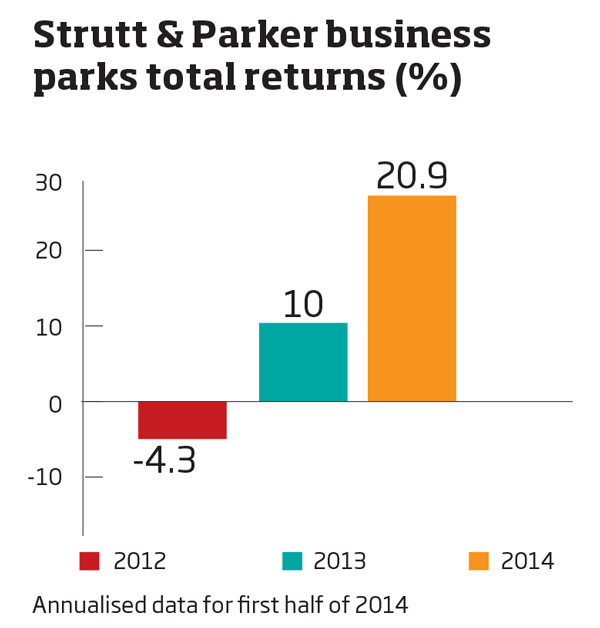







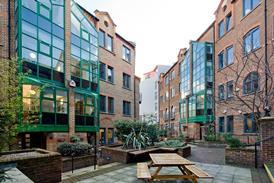
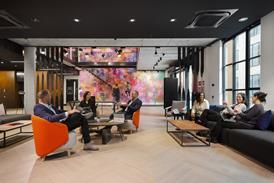

















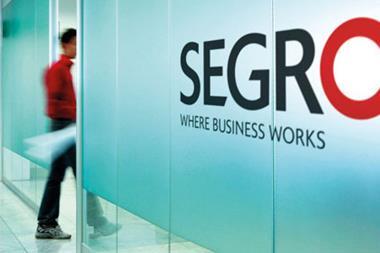
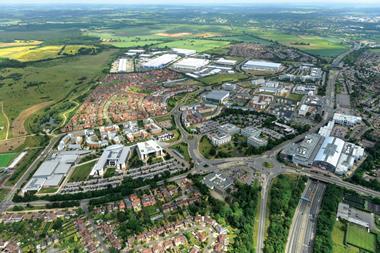
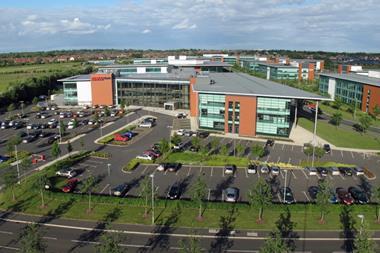
No comments yet